Their origins steeped in mystery, the wild horses in the Namib Desert have captured imaginations and touched hearts. These resilient animals have survived in the desert for more than a century and over the years have become a major tourist attraction in southern Namibia.
The book ‘Wild Horses in the Namib Desert’ (now out-of-print) is the outcome of a collaboration, revealing the little-known history and behaviour of the wild horse population. Manni Goldbeck sheds light on the horses’ origins, taking the reader back to the tumultuous time of World War l and exploring the more plausible theories, while Telané Greyling (PhD Zoology) shares her knowledge of the intriguing behaviour of the Namib horses gleaned from her many years of research and life amongst the horses. Freelance writer, Ron Swilling, created a text from the material giving it a breath of life. Finally, from the love for the horse and all things wild, the book was born.
An equine biography of the Namib wild horses, the book traces the beginnings of Equus groups on the sub-continent, following their journey over time to Namibia and the present day.
Join us every Sunday as we share the wild horses’ journey with you . . .
(If you’ve missed any of the posts, you can find them on the PadlangsNamibia website.)
𝐂𝐇𝐀𝐏𝐓𝐄𝐑 𝟐: 𝐓𝐡𝐞 𝐩𝐚𝐬𝐭 𝐜𝐨𝐧𝐭 . . .
𝐈𝐧 𝐭𝐡𝐞 𝐒𝐚𝐟𝐞𝐭𝐲 𝐨𝐟 𝐭𝐡𝐞 𝐒𝐩𝐞𝐫𝐫𝐠𝐞𝐛𝐢𝐞𝐭: 𝟏𝟗𝟐𝟎-𝟏𝟗𝟕𝟕
When Kreplin boarded the ship to return to Germany, he would never in his wildest imaginings have guessed that his prized stud horses, bred for the diamond fields and the racetracks of Lüderitz, would initiate a wild horse population in the Namib Desert. The circumstances of the war culminating in the signing of the surrender on 9 July 1915 became the pivotal event that influenced many people’s lives, transformed the country from German South West Africa to South West Africa under protection of the Union of South Africa, and ultimately led to the horses gaining their freedom.
The horses, escaping the state of chaos in the area after the war, lived in the protected Sperrgebiet diamond area, which provided safety from hunters and horse capturers. The early establishing years of the horse group were good rainfall years and the permanent water-source at Garub (maintained for the railway) ensured their survival.
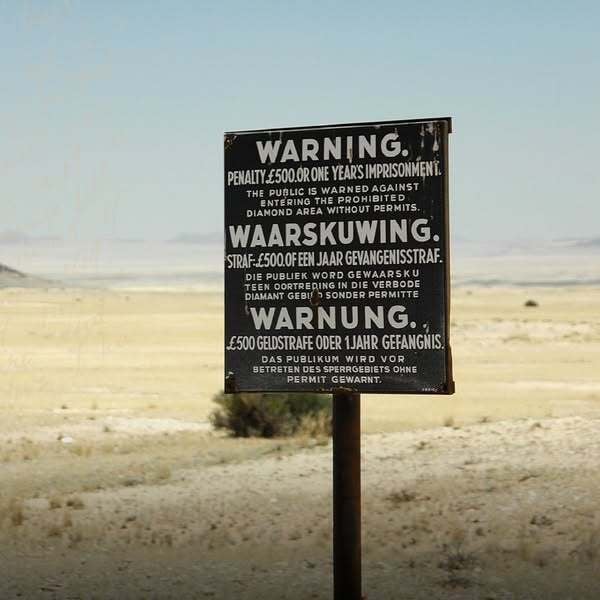
When the Union forces left Garub in pursuit of the Germans, attendants would have remained at the Garub borehole to maintain it and to pump water for the trains and for the town of Lüderitz, which was dependent on Garub for fresh water. Once the war was over, the soldiers were replaced by South African Railway (SAR) workers. They watered their animals, also providing water for the horses.
In 1920, Sir Ernest Oppenheimer of the Anglo-American Company acquired the remaining diamond mines around Lüderitz and amalgamated them as Consolidated Diamond Mines (CDM), including those in the Sperrgebiet. The entire area remained a restricted diamond area until 1986, when a section of the Sperrgebiet was incorporated into the Namib-Naukluft Park, allowing the population of horses around Garub to remain there with minimal human interference. Access was limited by the security regulations of CDM. The only areas where public movement was allowed were the railway line and the road.
After the war, when people returned to farming, the renewed agricultural activities would have pressurised the horses to remain in the safety of the protected diamond area.
The wild horses at Garub were first noted in the late 1920s. Passengers travelling between Aus and Lüderitz occasionally glimpsed the horses when the steam train stopped at Garub to replenish its water supply. A reliable source remembers the horses from her youth. She recalls that the locals, at that stage comprising many Afrikaans-speaking farmers who had made their way over the border from South Africa after the war, referred to them as ‘those German horses’ and later as ‘Garub horses’.
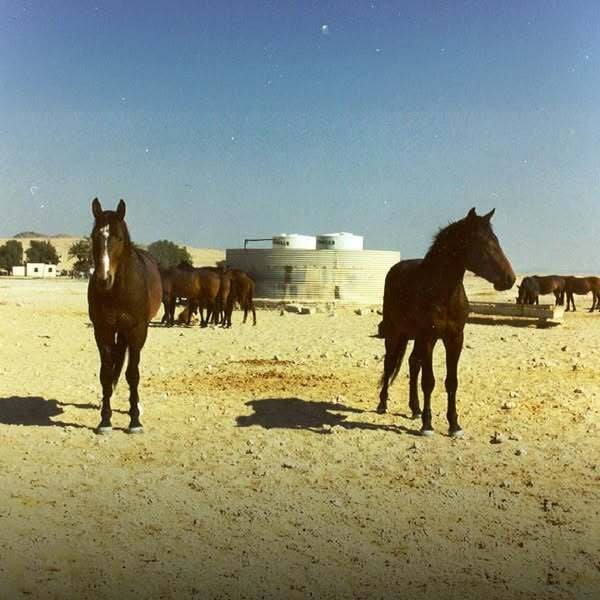
Another source describes the years of the 1920s, 30s and 40s when many people in the area still depended on horses, by saying, “Hierdie wêreld was perde wêreld” (This area was horse world). After World War l, the mode of transport began to change and already by the mid-30s countless horses had become redundant, not being worked or handled regularly. People began to refer to horses left on farms as ‘wild horses’. In the later years, one of the Kubub farm tenants reported killing wild horses on his farm for cooked pig fodder.
The Sperrgebiet was ‘opened’ periodically to drought-stricken farmers for emergency grazing from the 1950s until 1983. (In the south of the Sperrgebiet, emergency grazing was allowed before the 1950s.) There are reports during this time of horses with pieces of rope around their necks, presumably from people trying to catch them. A few horses are known to have been caught by farmers, but they soon found that they didn’t make suitable riding horses being of a small size (13½ to 14 hands) and wild in nature. Several carcasses of horses shot at random for no apparent reason were found in the desert. Horses were also shot when they entered the townlands, competing with livestock for the scarce grazing.
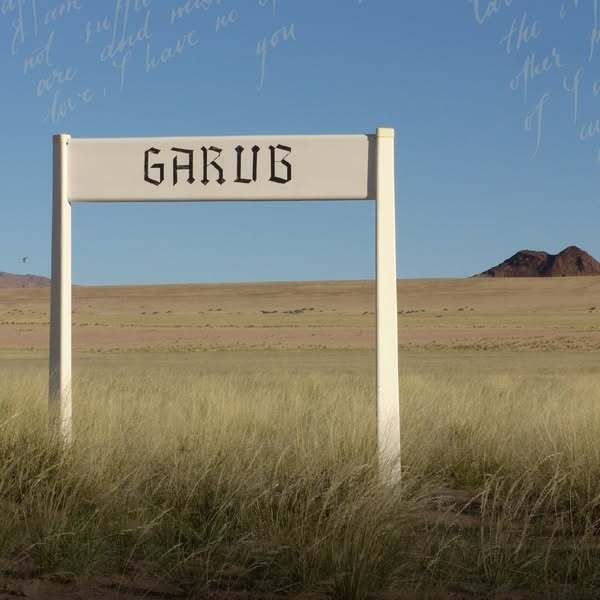
The Namib wild horse population grew from the core herd. Several strays joined the group from time to time. A Mr Bolz from the nearby Klein-Aus farm recalled how his horses which he had bred from Duwisib stock occasionally strayed to Garub and had to be routinely fetched and brought home. The single contributions would not, however, have significantly influenced the gene pool. The wild horse numbers have fluctuated between 50 and 280 horses in their 100 years of existence, droughts and the tough conditions of a desert life keeping their numbers low.
The South African Railways (SAR) maintained the railway line and the borehole and continued to pump water for the steam locomotives until the 1960s when diesel replaced steam. The pump-attendant then continued to pump water for the ‘ganger’ (a section foreman responsible for maintenance of the track) and his team who lived at the station, for his family and animals, and also for the horses.






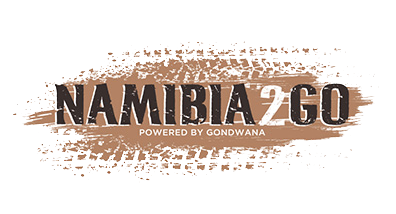

.png)
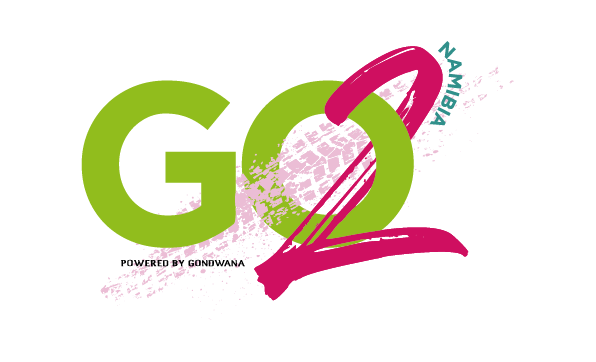
SUBMIT YOUR COMMENT